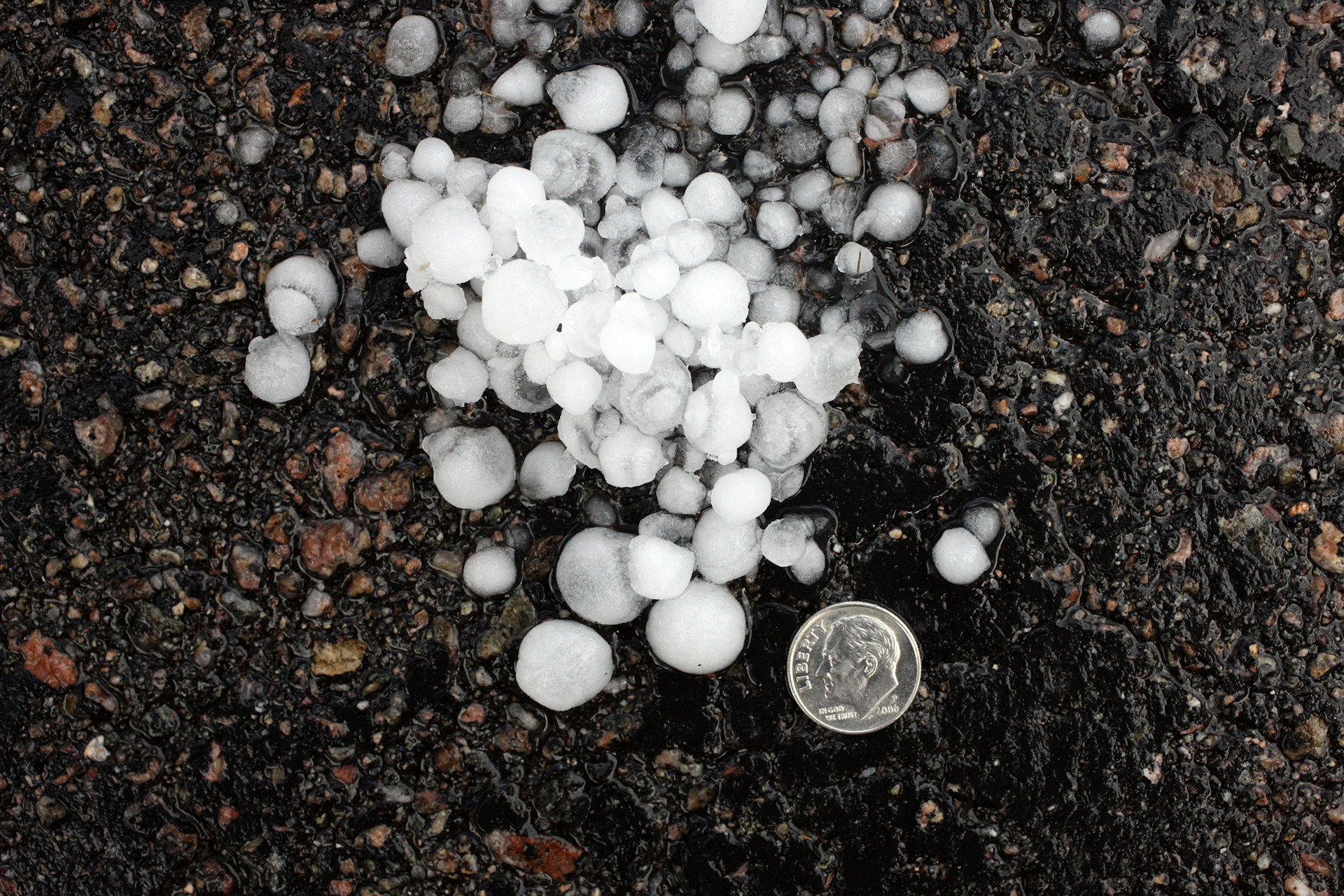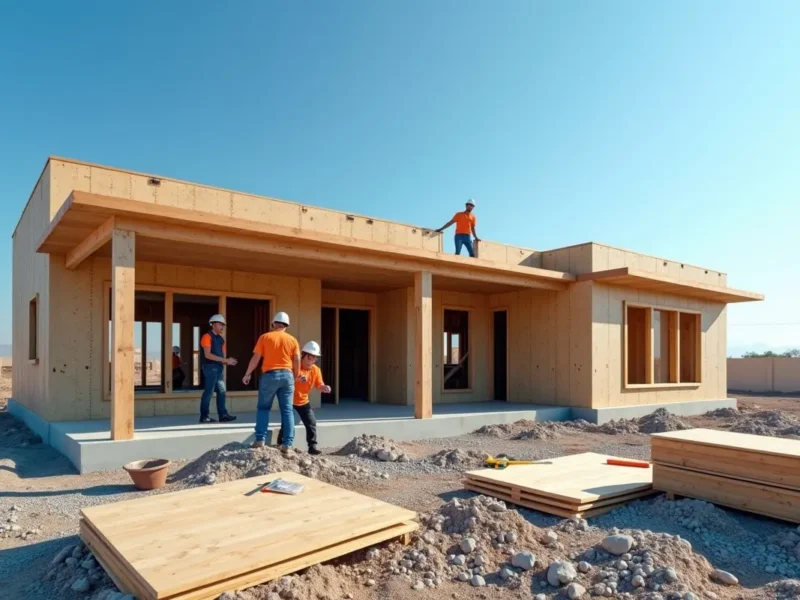When was the last time you thought about your roof? It’s easy to take it for granted—after all, it’s up there doing its job, shielding your home from the elements day in and day out. But what happens when nature decides to throw a curveball in the form of a hailstorm? Those little icy pellets can pack a punch, and your roof might bear the brunt of it. So, how can you tell if your roof has been damaged by hail? And what should you do if it has?
Contents
How Does Hail Damage a Roof?
Hail might seem like a harmless weather phenomenon—ice falling from the sky, no big deal, right? But depending on the size of the hailstones, the speed at which they fall, and the materials your roof is made of, hail can cause significant damage.
- Size matters – Larger hailstones, say the size of a golf ball or bigger, can easily dent, crack, or even puncture roofing materials.
- Impact energy – Hailstones can hit your roof at speeds of up to 100 mph. That force can crack shingles, knock off granules, and create weak spots.
- Material susceptibility – Some roofing materials, like asphalt shingles, are more susceptible to hail damage than others, such as metal or tile.
The damage isn’t always obvious, but it’s there—and it can lead to bigger problems if not addressed. So, what should you be on the lookout for?
Common Signs of Hail Damage
Hail damage isn’t always easy to spot from the ground, but there are several key indicators you can watch for that indicate you should get in touch with quality hail damage roofing contractors. If you’ve recently had a hailstorm roll through your area, it’s a good idea to give your roof a quick visual inspection. Here’s what to keep an eye out for:
1. Dented or Cracked Shingles
This is one of the most obvious signs of hail damage. If you see dents, cracks, or bruises on your shingles, hail is likely the culprit. These damages can weaken your roof’s structure and lead to leaks over time. While the damage might not cause immediate issues, it’s a ticking time bomb if left unattended.
2. Missing Granules
Asphalt shingles are covered in granules that protect the underlying material from UV rays and weather exposure. Hail can knock these granules loose, leaving dark spots or bald patches on your roof. Missing granules not only look bad, but they also expose the shingle to the elements, shortening its lifespan.
3. Damage to Roof Vents and Flashing
It’s not just your shingles that can take a beating from hail. Check the metal components of your roof, like vents, flashing, and chimney caps. Dents, dings, or bent pieces are telltale signs of hail damage. Even minor damage here can create vulnerabilities where water can sneak in.
4. Soft Spots on the Roof
After a hailstorm, take a careful walk around your roof (safely, of course—if you’re comfortable with it). If you feel soft spots, that’s a bad sign. Hail can weaken the underlayment of your roof, creating soft, sponge-like areas that can eventually lead to sagging and leaks.
5. Gutter and Downspout Damage
While you’re inspecting the roof, don’t forget to check your gutters and downspouts. Hail can leave dents or cause them to become loose or detached. Also, if you find a lot of granules in your gutters after a storm, that’s a major red flag. It means your shingles are shedding their protective layer, which could indicate serious damage.
What to Do If You Find Hail Damage
Okay, so you’ve checked out your roof, and things aren’t looking great. Now what? Don’t panic—there are steps you can take to protect your home and get your roof back in shape.
1. Document the Damage
First things first: document everything. Take clear photos of the damage from various angles. This will be incredibly useful when dealing with insurance claims or roofing contractors later on. The more evidence you have, the smoother the process will be.
2. Contact Your Insurance Company
If you have homeowner’s insurance, hail damage might be covered. Reach out to your insurance company as soon as possible to report the damage. They’ll likely send out an adjuster to assess the situation. Be sure to have your photos and any other documentation ready to share.
3. Get a Professional Roof Inspection
Even if the damage seems minor, it’s a good idea to get a professional opinion. A roofing expert can provide a more thorough inspection and identify problems you might have missed. They’ll also be able to advise you on the best course of action—whether that’s simple repairs or a full roof replacement.
4. Make Temporary Repairs
If you notice any immediate leaks or holes, it’s important to make temporary repairs to prevent further damage. Tarp over any exposed areas to keep rainwater out until a professional can come in and make permanent fixes. Just be careful—don’t attempt anything dangerous. Your safety comes first.
5. Choose a Reputable Roofing Contractor
When it comes time to repair or replace your roof, choosing the right contractor is crucial. Take your time to research local roofing companies, read reviews, and ask for recommendations. Make sure they’re licensed, insured, and experienced with hail damage repairs. The last thing you want is shoddy work that could leave you dealing with more issues down the line.
Long-Term Considerations
Fixing the immediate damage is essential, but it’s also a good idea to think about long-term strategies to protect your roof from future storms.
- Impact-resistant shingles – Consider upgrading to impact-resistant roofing materials. They’re designed to withstand the force of hail and other severe weather conditions, giving your home added protection.
- Regular maintenance – Stay on top of roof maintenance. Clean out gutters, check for signs of wear and tear, and schedule regular professional inspections to catch potential problems early.
- Storm protection upgrades – Explore other storm-resistant upgrades, like adding a layer of waterproof underlayment or installing roof guards, to further protect your home from extreme weather.
Wrapping It All Up
Hail damage isn’t something you can afford to ignore. Even minor damage can lead to bigger problems down the road—like leaks, structural issues, and costly repairs. Taking the time to inspect your roof after a storm, document any damage, and work with professionals to fix the issues will save you headaches and money in the long run.



